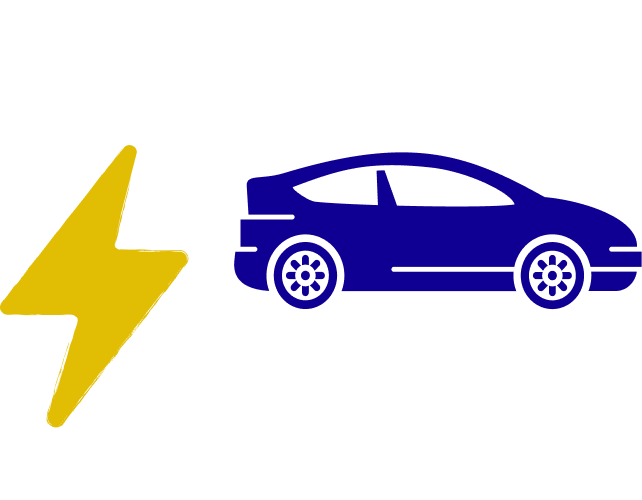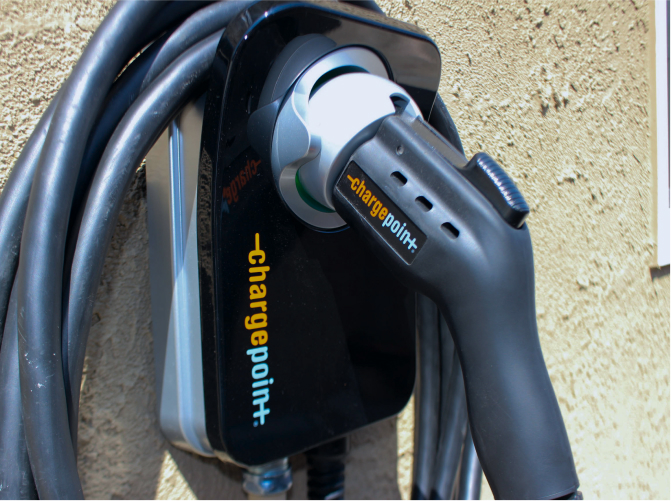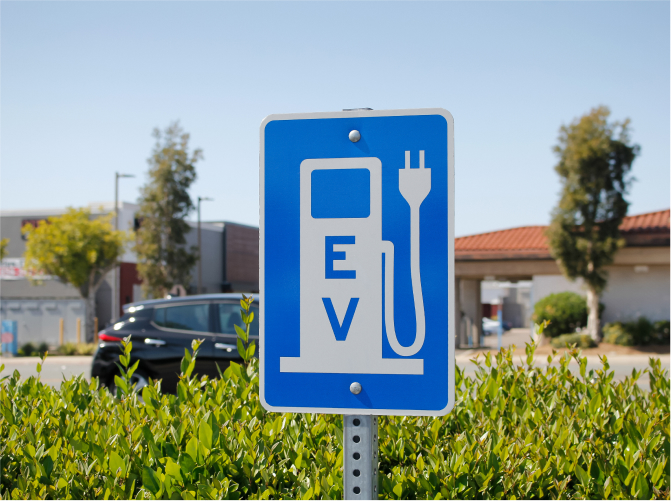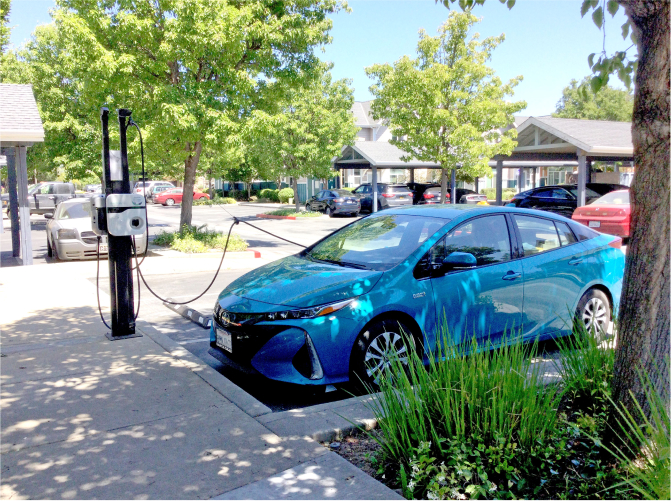
EV Charging: What You Need to Know
Knowing how charging works and where to charge are key to owning an EV. Charging an EV is not that different from going to the gas station to fill up a gas car, except it brings way more perks. The public charging network is expanding, making charging your vehicle easier and more accessible.


Charging Options
Learning more about which charging option works best for your driving style will help you decide on how you will charge your electric vehicle. Watch this video for an introduction to the three levels of charging that are available today.
Residential Charging Resources
- Electric for All to find the right charger for your home
- PG&E for an income-eligible residential charging solution rebate
- Central Coast Community Energy for home charging rebates and support

What Affects How Far You Can Go in an Electric Vehicle?

Battery
EV battery size is measured in kilowatt-hours (kWh). The average capacity is about 80 kWh, but some cars now have up to a 123 kWh capacity. That equates to a range of 250-400miles. The more kWh capacity your car’s battery has, the farther you can go between charges.

Efficiency
Different EV models drive a different number of miles for every kWh of battery capacity. The vehicle’s battery size and efficiency together determine its range, along with driving conditions.

Weather
The temperature and weather conditions will affect your EV’s range (the colder it gets, the shorter the range), but EVs can handle extreme heat and cold winter conditions. The EPA's rating on miles per charge is a good number for a year-round basis.
Tips and Best Practices for Charging Your EV
Do not over-charge!
Ideally, you want to start charging when the battery drops below 20% capacity and stop charging when it reaches 80%. This will preserve the battery and increase its longevity. Of course, you can still charge it to 100% occasionally, when you are preparing for a longer trip and need the maximum range.
Use apps to find public chargers.
A must-have app to download when it comes to charging out and about is PlugShare. This free and easy-to-use resource shows you all the publicly available charging stations near you. It includes supplemental information such as charging costs, speeds, and whether the station is currently being used. This is great for planning road trips, looking for last-minute charging in a pinch, and getting familiar with what chargers are close to where you live, work, and shop!
Utilize convenient Wi-Fi features.
Wi-Fi-enabled chargers will allow you to remotely start and stop charging, which make following these charging practices much easier. Some even let you set specific charging preferences, so the battery will not charge past a certain percentage, or so it will only start charging when the battery drops below a certain level. You can also set specific start and stop times so it charges when energy costs are the lowest (usually overnight).

Additional Resources

Home Charging
Home charging is the preferred way to charge an electric vehicle. It’s convenient, and most EV owners charge overnight when rates are the lowest. Watch a brief video from our partners at PG&E to learn more about charging your electric vehicle at home. Watch now.

Public Charging
There are multiple charging station brands, such as Electrify America, Chargepoint, and Volta. You can use smartphone applications like PlugShare and Charge Map to find chargers near you.

Multifamily Housing Charging
Do you live in an apartment or manage a multifamily housing property? See how Ecology Action is making it easy and affordable for multifamily property owners to install EV charging options. Learn more.



